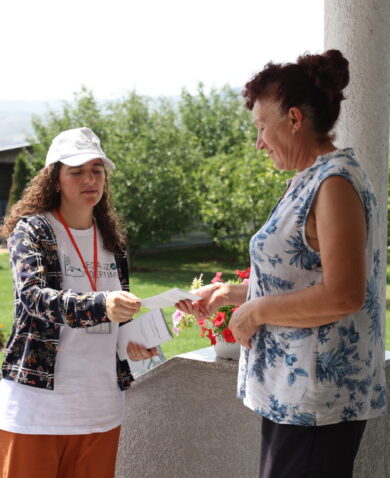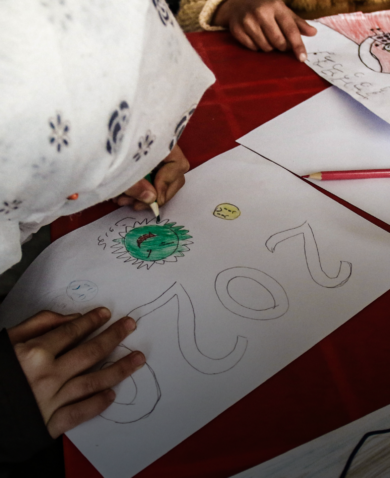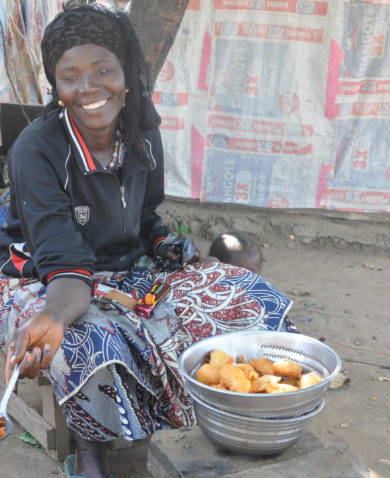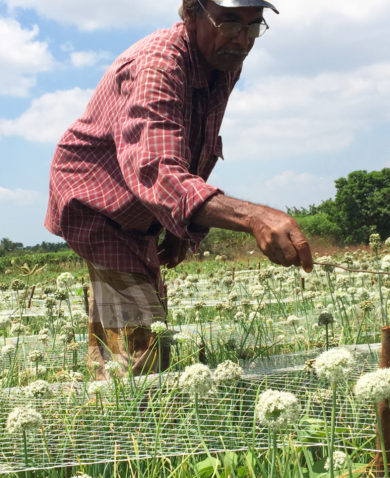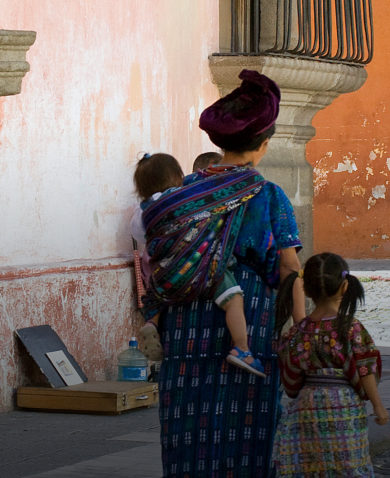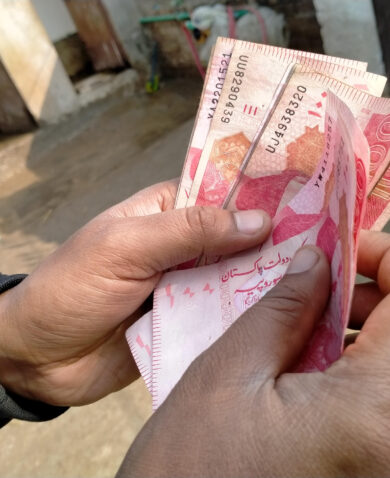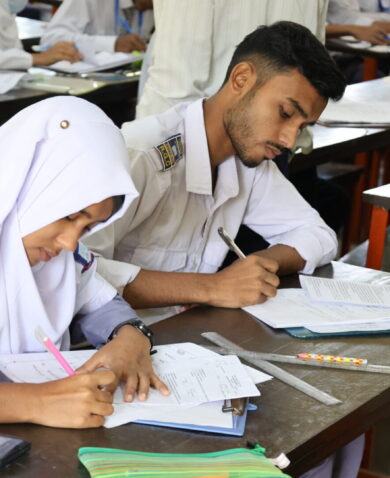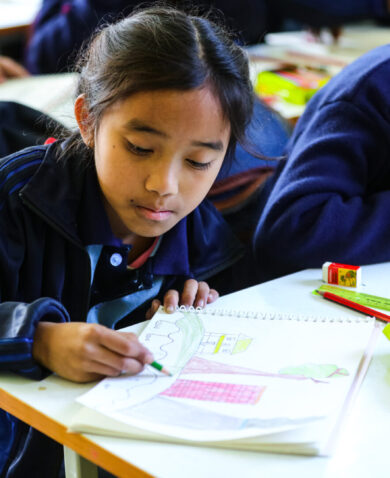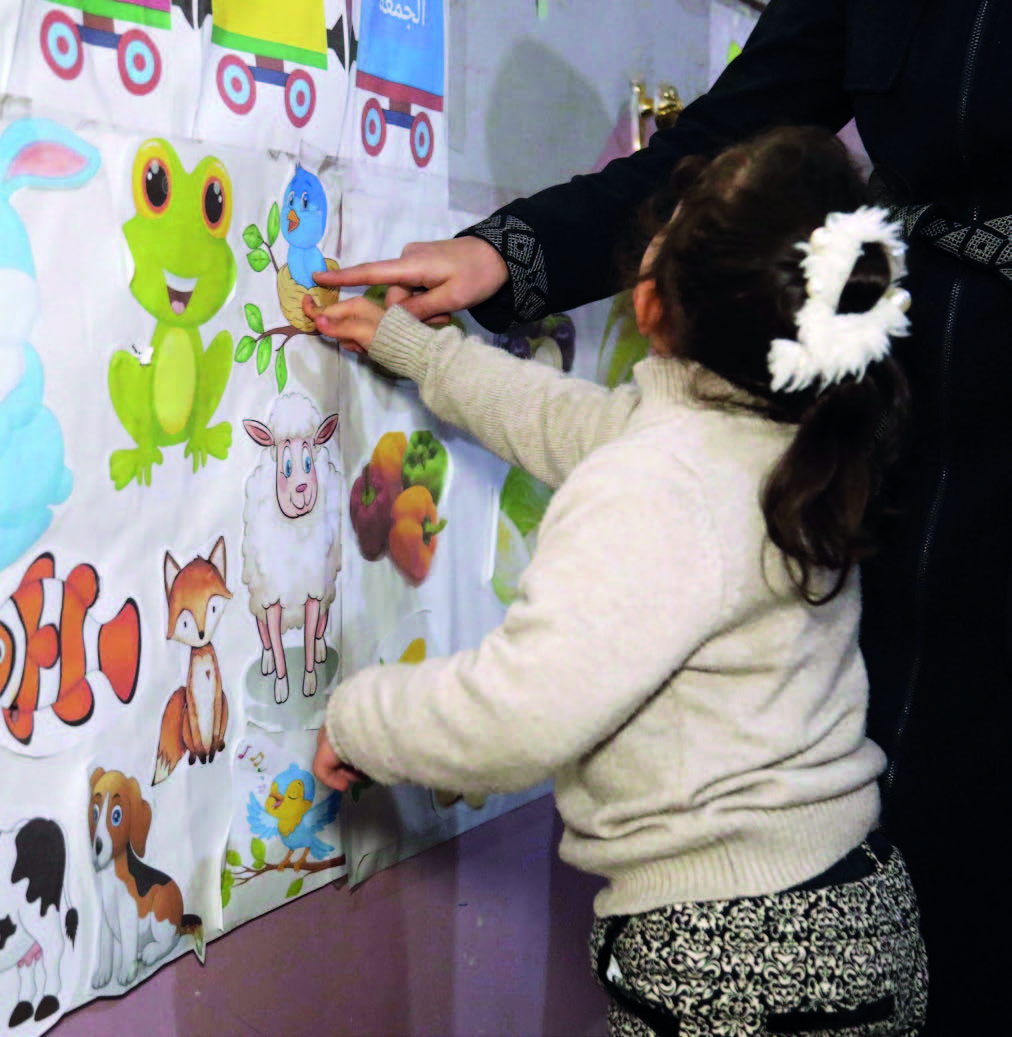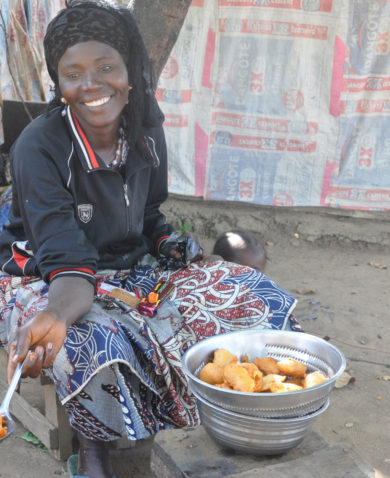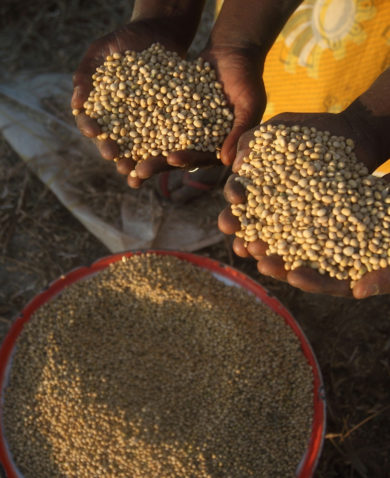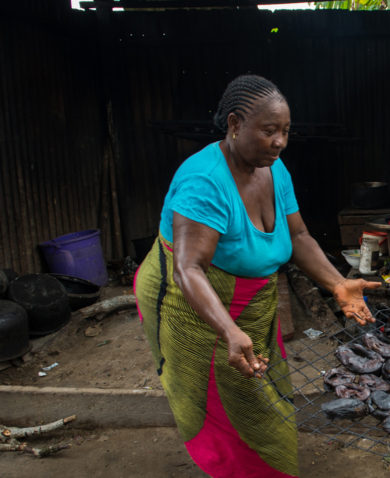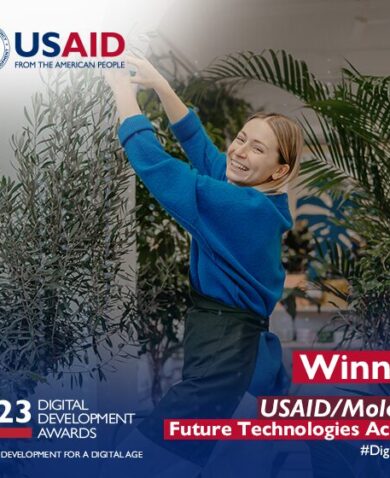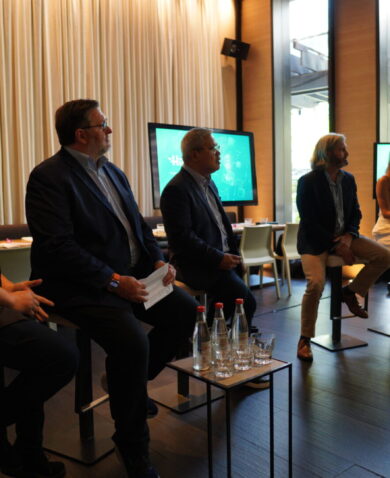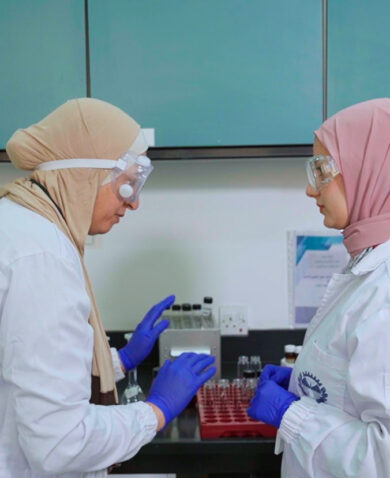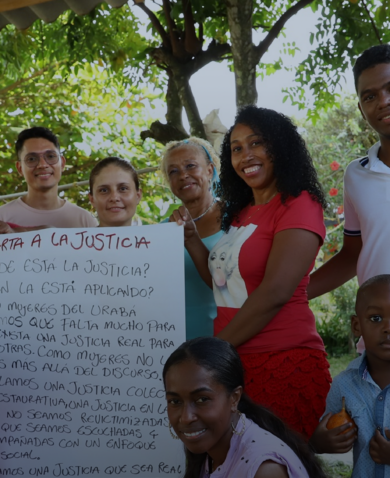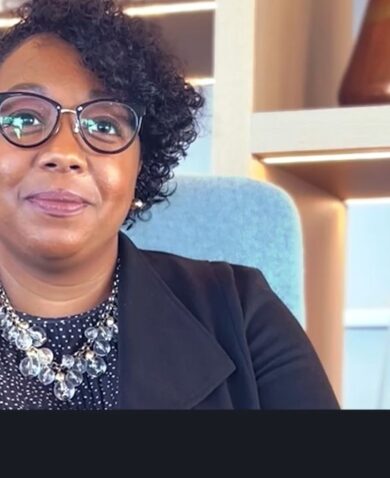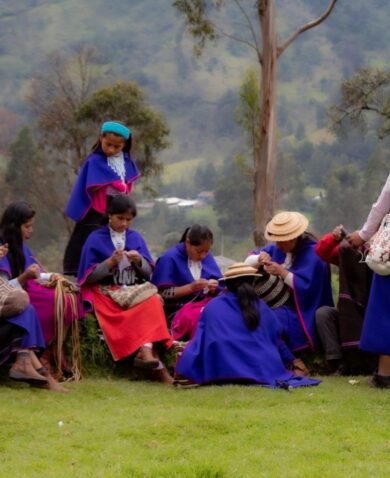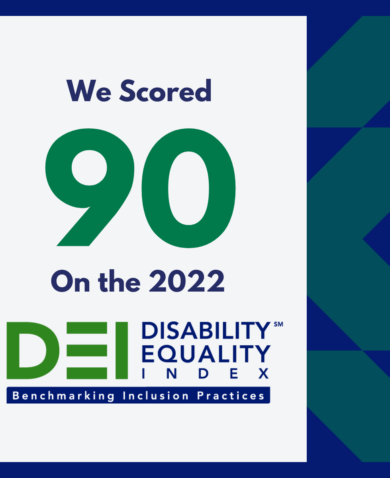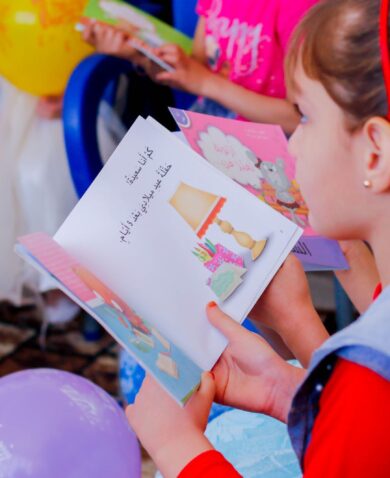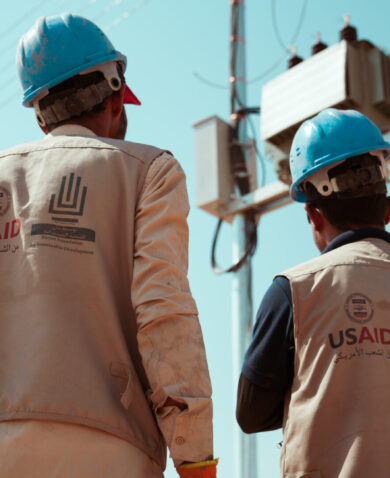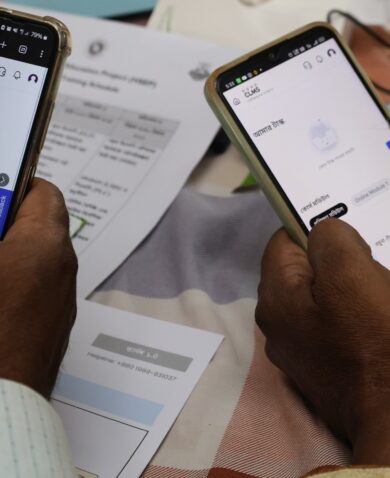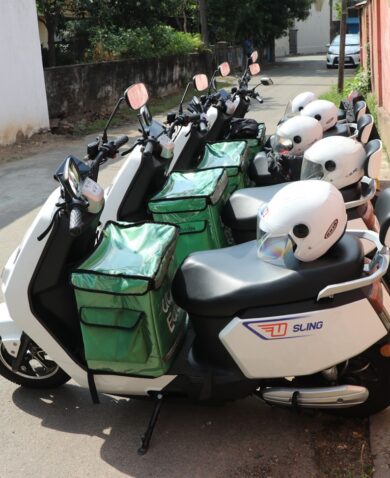
High-Impact Partnerships for Closing the Gender Digital Divide
November 4, 2022 | 5 Minute ReadIf women were to fully participate in the economy identically to men, this would contribute $28 trillion (26 percent) to annual global GDP by 2025.
Access to mobile technology and the internet can help boost gross domestic product (GDP) through job creation and greater productivity, increasing access to markets, services, and information. However, despite the global adoption of technology over the last decade, access and use have not been equally distributed. There are still almost 3 billion people currently unconnected, the majority of which are women and girls, reinforcing the gender digital divide. Over a five-year period, closing the gender gap in mobile internet use in low- and middle-income countries could deliver an additional USD 700 billion in GDP growth.
To address the gender digital divide, the USAID-funded Small and Medium Enterprise Activity (SMEA) in Pakistan engaged in high-impact partnerships with technology companies such as Facebook (now Meta).
Constraints to Women’s Digital Transformation in Pakistan
Affordability and (lack of) ability are the two of the main root causes of gender-based digital exclusion in Pakistan.
Affordability. With the onset of the COVID-19 pandemic, women-led businesses (WLBs) in Pakistan struggled to survive given reduced cash flows and limited asset ownership, limiting their ability to access credit. A decrease in discretionary spending, in addition to costly Wi-Fi in non-urban areas given lack of infrastructure, further the gap in affordability. Despite the introduction of incubators and accelerators and an influx of funding for startup growth in Pakistan, women-founded startups accounted for only 1.4% of all investments raised within the past seven years. This disproportionality in access to finance contributes to the digital divide, given the expense of adapting current practices and committing to digitization.
Ability. While digital literacy is low overall for small and medium enterprises in Pakistan, women’s use of mobile devices and Internet is disproportionately lower. A 2018-2019 survey found that only 26% of Pakistan’s female population aged 10 and older own a mobile phone, and 13% reported having accessed the internet in a three month period. Social and cultural norms also limit women’s ability to use digital devices, with studies finding that family disapproval was the second most important barrier to using mobile internet for women in Pakistan.
Recognizing these inequalities and the exacerbations caused by the COVID-19 pandemic, SMEA partnered with technology companies to adapt training to address barriers faced by women during the pandemic, to help them connect to new markets, and weather the global economic downturn.
A Demand-Driven Partnership with Unique Value Propositions

High impact partnerships are mutually beneficial partnerships designed to create social impact. In SMEA, the project established high-impact partnerships with large technology companies like Facebook and FoodPanda by meeting with them to understand their strengths and needs and identify ways to align their interests with the goals of the project. Facebook, for example, was also working towards the digital inclusion of women owned businesses through their global initiative #SheMeansBusiness. Their campaign, however, had little traction in Pakistan. SMEA, on the other hand, was facing challenges trying to deliver trainings for WLBs online to achieve scale. Together, they found ways to leverage their respective strengths and work as partners to achieve a common goal – supporting the digital transformation of WLBs in Pakistan. The following model was piloted and scaled between Facebook, local women business groups, and SMEA:
- Facebook: brought their digital-marketing training modules, certified Facebook digital-marketing trainers, and most importantly, used their brand recognition to create the demand needed for scale. SMEA balanced this demand by ensuring the applicants met criteria for participation.
- Local women business groups (e.g. private sector led associations, chambers of commerce, support organizations): amplified communications and marketing outreach, formed a pipeline of interested participants, and provided certificates of completion to the WLBs.
- SMEA: acted as an intermediary and a catalyst by engaging existing beneficiaries of SMEA to validate the need for digital marketing training to boost online sales. SMEA facilitated partner linkages through existing networks and was involved from the start to end of the process including managing cohorts, reviewing applications, and organizing trainings.
Through the #SheMeansBusiness Digital Marketing Trainings, WLBs learned how to improve their use of Meta-owned platforms (Facebook, WhatsApp, and Instagram) in order to boost their online presence and sales using contemporary marketing strategies, as well as to understand basic digital technology and marketing concepts. During the trainings, businesses highlighted challenges they also faced with financial management, which led SMEA to work with Facebook to introduce a new #SheMeansBusiness series for Business Resilience through Financial Education training.
In the first two years of the partnership, 35 online sessions were held and more than 733 women-led businesses trained. Since then, Meta has been replicating this partnership and expanding it within Pakistan with local partners to continue providing the trainings.
Reducing the Gender Digital Divide: What Lessons Have Been Learned?
Below we present lessons learned from SMEA’s partnership with Facebook and overall approach in working to close the gender digital divide.
 Find strategic partners and credible/widely accepted channels. Having Facebook-certified trainers train WLBs helped 1) bring attention to trainings and 2) give WLBs useful tools they could apply to a familiar platform.
Find strategic partners and credible/widely accepted channels. Having Facebook-certified trainers train WLBs helped 1) bring attention to trainings and 2) give WLBs useful tools they could apply to a familiar platform.

Online/hybrid trainings are here to stay. Online trainings offered women flexibility to participate and grow their skills from their homes and around other responsibilities like caregiving. Trainings on digital adaptation as well as core business skills support WLBs to seize opportunities to grow and scale their businesses.
 Digitalizing is an investment. In addition to building capacity through business development services (BDS), going digital requires capital. Facilitating access to finance can help businesses scale and adopt digital solutions quicker.
Digitalizing is an investment. In addition to building capacity through business development services (BDS), going digital requires capital. Facilitating access to finance can help businesses scale and adopt digital solutions quicker.
 Be a part of their journey. Tailored BDS can help WLBs address specific constraints to their digital transformation. Collaborate with them to identify their gaps and co-create, co-design, and co-fund solutions.
Be a part of their journey. Tailored BDS can help WLBs address specific constraints to their digital transformation. Collaborate with them to identify their gaps and co-create, co-design, and co-fund solutions.
 Cultivate and empower women innovators. Create networking opportunities and platforms for women entrepreneurs to empower one another to rise together.
Cultivate and empower women innovators. Create networking opportunities and platforms for women entrepreneurs to empower one another to rise together.

Work with the system, through the system, and not against the system. Adopt a systems approach to support women’s economic empowerment for long-lasting success. WLBs are digitizing rapidly, but they need digital infrastructure, laws, and regulations that support them.
Supporting Women’s Economic Empowerment through Digital Partnerships
High impact partnerships with the private sector have the potential to mobilize the resources and expertise that, combined with sound development practices from projects like SMEA, can achieve transformational impact at scale. Aligning incentives, identifying each other’s strengths, and co-designing solutions that leverage those strengths to achieve mutually beneficial impact, is how SMEA was able to build the digital literacy of more than 700 women in Pakistan at the height of a global pandemic. Digital literacy and access to the digital economy makes WLBs in Pakistan more competitive today, and more resilient tomorrow.
Banner image caption: An abstract representation of social media networking.
Posts on the blog represent the views of the authors and do not necessarily represent the views of Chemonics.


